| High Performance The QHY168C has an APS-C size 16mega pixel, 14bit CMOS sensor IMX071. This sensor is also used in the D5100 camera. It has 3.2e low readout noise at the lowest gain and 2.3e low readout noise at unity gain(system gain = 1e/adu). True RAW Image Output QHY168C has the same CMOS sensor as the D5100. Although DSLR has the RAW image output, typically it is still not a truly raw image. You will find the de-noise sign on the raw images from the hot pixel styles. The QHY168C offers the TRUE RAW IMAGE OUTPUT and it gives the original signal and keeps the max flexibility for astronomy image process. Unique Thermal Noise Reduction Technology Besides the 2-stage TEC, QHYCCD has a unique thermal noise control technology to get the CMOS sensor very low thermal noise and make whole 165/168/247/367 product line that has much better thermal noise performance than the competitors’. 128MB DDRII Image Buffer QHY168C has 128MB DDRII image buffer to help the image cache to avoid the risk of frame lost. The data will store in the DDR first, then transfer to the computer. This will avoid the USB port being too busy when there are more USB3.0 cameras or other equipment connected. Anti-Dew Technology With the long time experience on the cooled CCD camera design. QHYCCD has anti-dew technology for both CCD sensor surface glass and the optic window glass. QHY168C has electric heating board for the CCD glass windows to prevent the window getting dew and the silicon gel tube socket design to control the humidity within the CMOS chamber. AR+AR optic window In order to avoid the halo around the bright star. The QHY168C has a AR+AR coating optic window rather than the common IR cut window for OSC color cameras. So you need to use your own IR cut filter (most L filters can do that) on front of the camera. You can install the 2inch filter on the M48 thread of the 2inch T ring. Or QHYCCD supplies an optional 2inch filter holder for QHY168C to allow you to put this filter when connecting with a flat field corrector. | Main Features:
|
The camera is ready to be used:
- Camera QHY168C
- Cables (USB 3.0, Self-locking power cable, 6pin guide cable and Car power adapter)
- Angle adjustment adapter ring
- Drying tube for Desiccant
- Spacer to convert M54 to 2 inches
QHY168C Performance Chart
It is very important to understand the “unity gain” concept for CMOS Cameras and select a suitable gain for capturing. The unity gain is the gain position that the system gain is 1e/ADU. At lower gain settings, the system gain will exceed 1e/ADU and this will cause the sample noise. The QHY168C unity gain setting is 10.
For DSO capture, there are two capture methods.
- One is the traditional long exposure DSO capture,
- Another is the Lucky imaging method with a short exposure and high quantity stacking.
For the long exposure, you can use the lower gain to avoid the image get saturated. For lucky image, you need to use high gain to reduce the readout noise and avoid the sample noise.
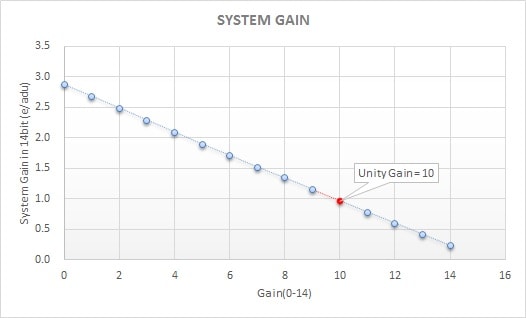 | 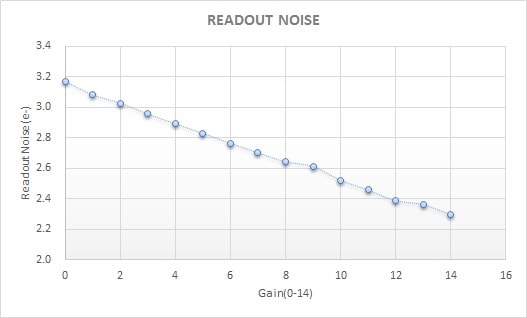 |
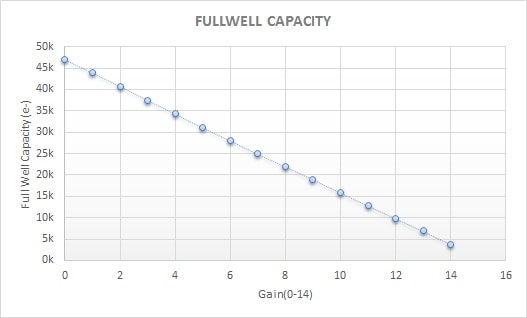 | 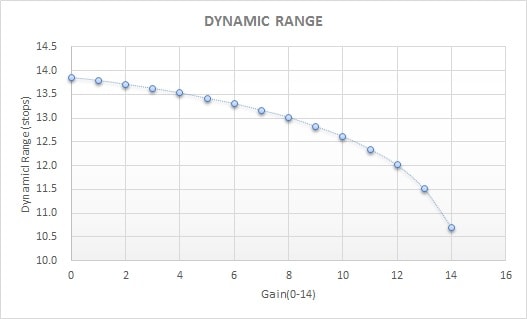 |
QHY168C Sample Images
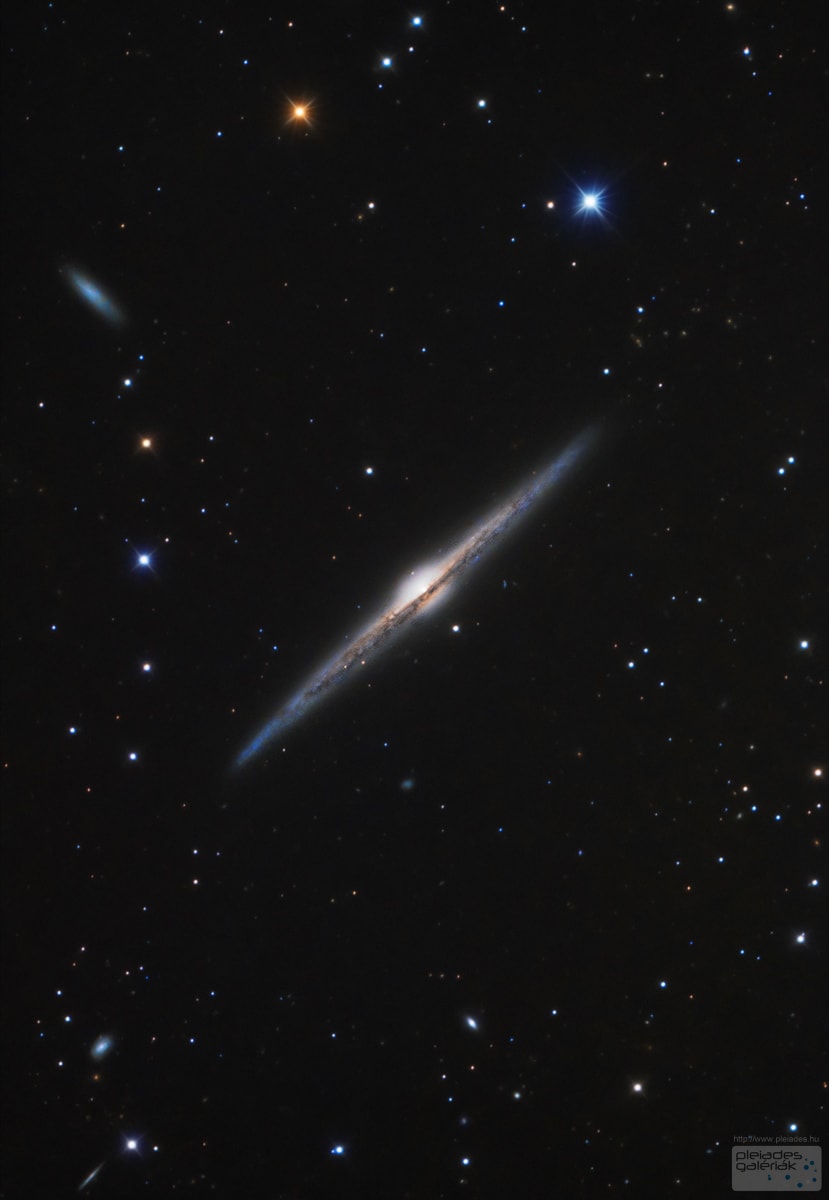 NGC4565 Captured by Lóránd Fényes. APOD 04/05/17 Congratulations! NGC4565 Captured by Lóránd Fényes. APOD 04/05/17 Congratulations! | 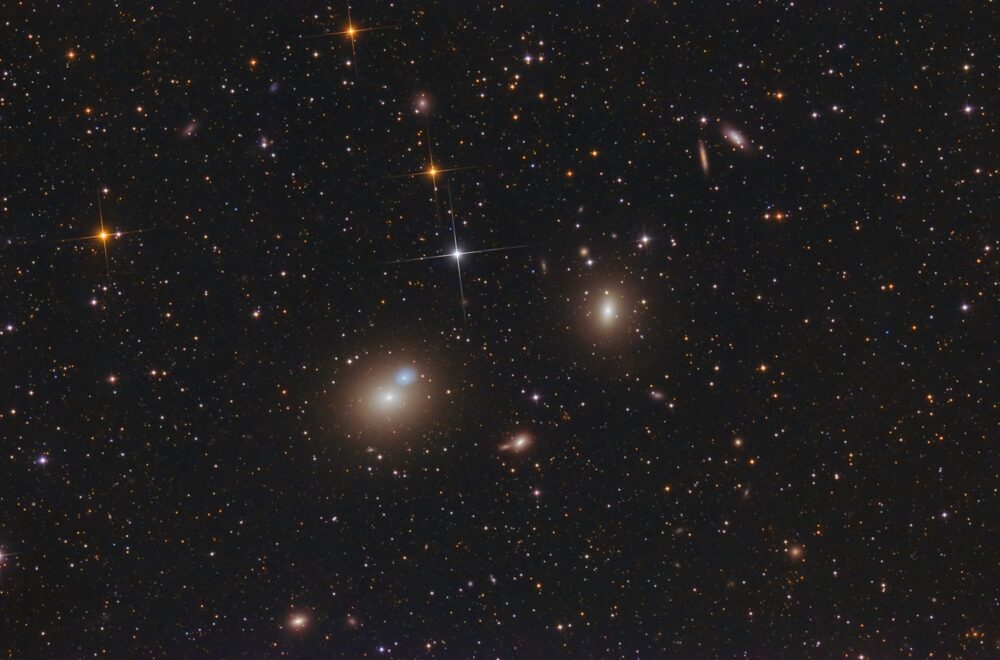 M60 Captured by Mauro Narduzzi and Process by Roberto Colombari with Vixen R200SS with Corrector PH F/3.8. |
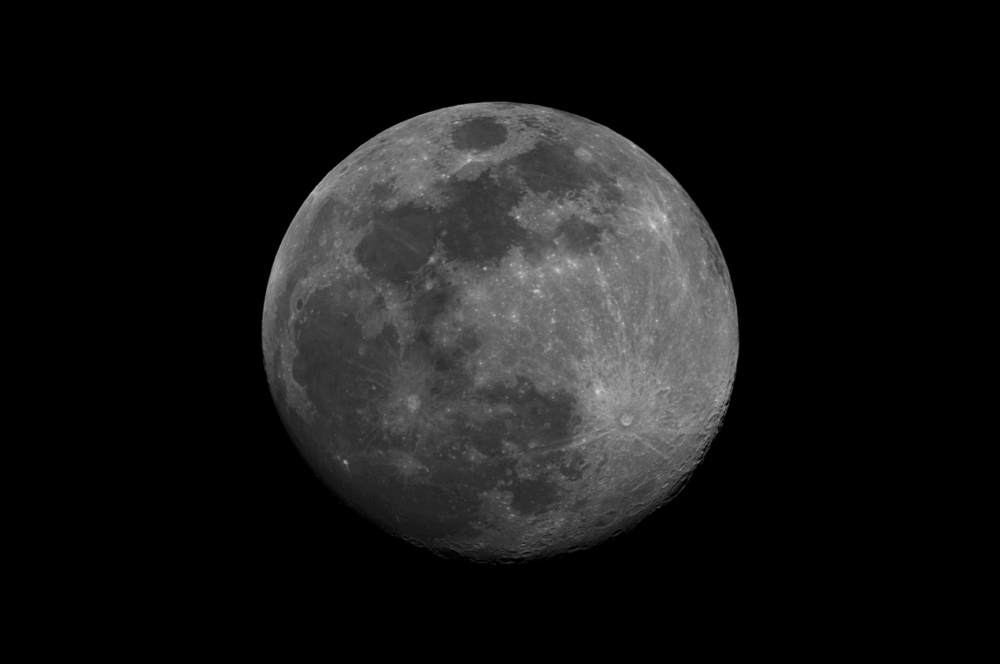 The Moon, Mario Rascón. Apilado de un video de 29 frames, pasados por PIPP, AS2 y Fitswork | |
 NGC 4945, courtesy of Marcelo Cruz, thank you very much! NGC 4945, courtesy of Marcelo Cruz, thank you very much!
| |
Mechanical configuration of the camera
You can install the camera on different telescopes and lenses with the different accessories that QHYCCD has developed. In case of doubt, contact us at info@lunatico.es
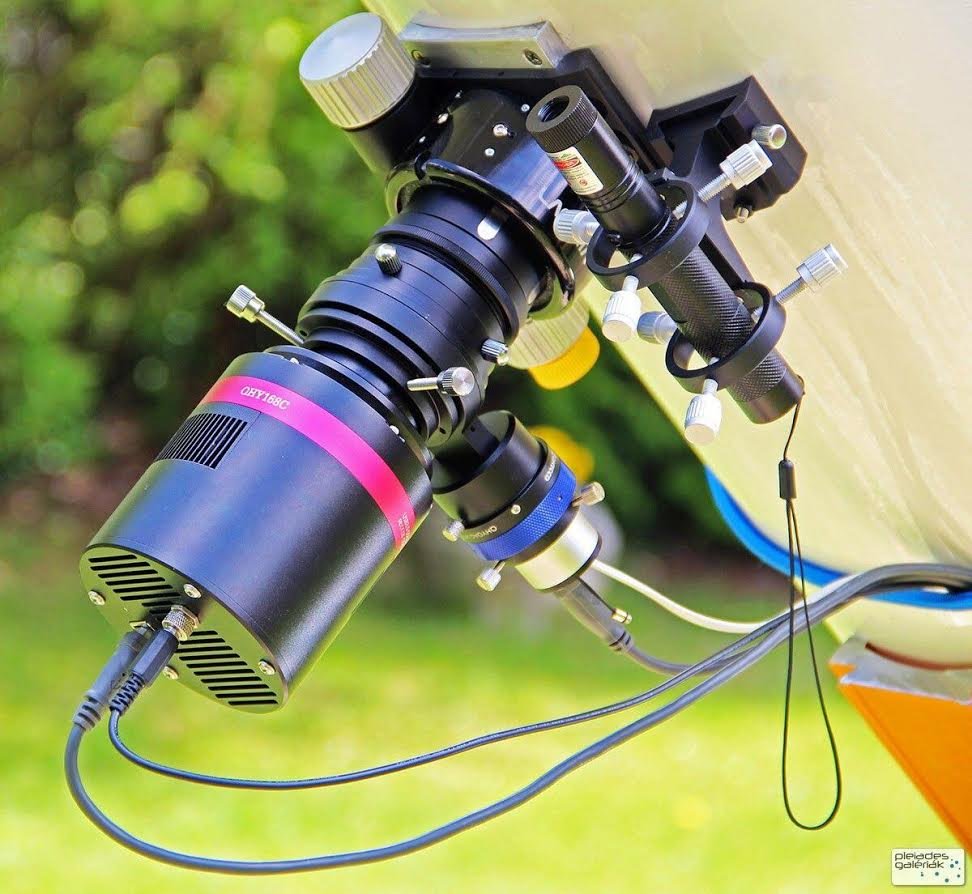
More information:


